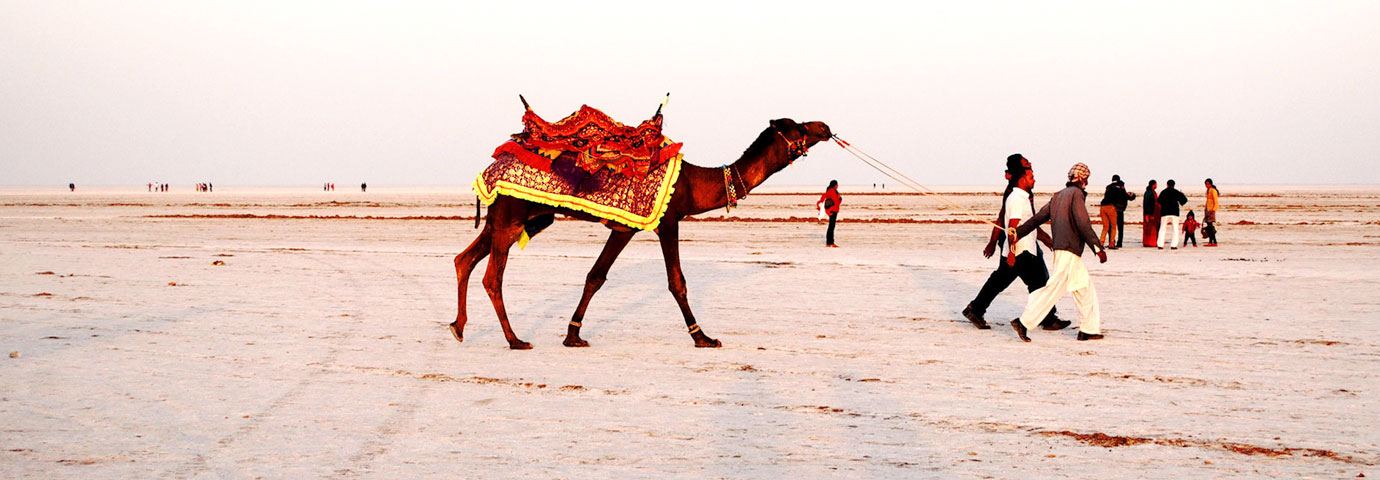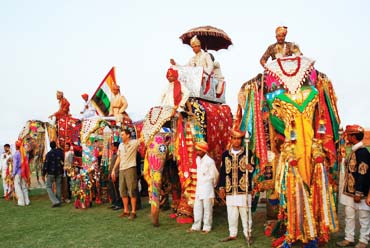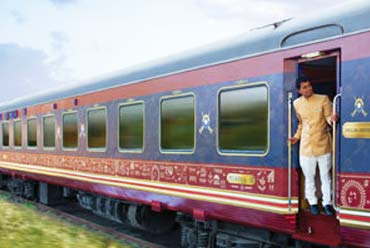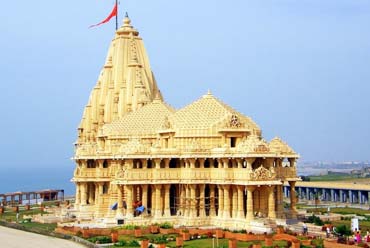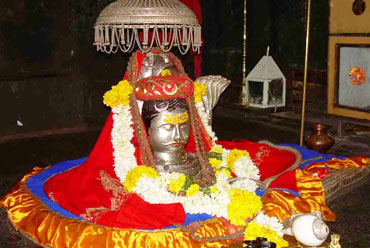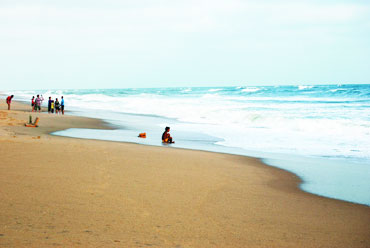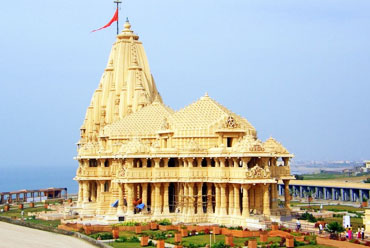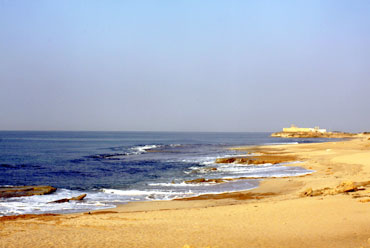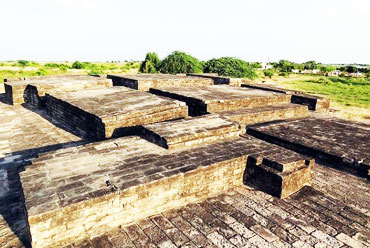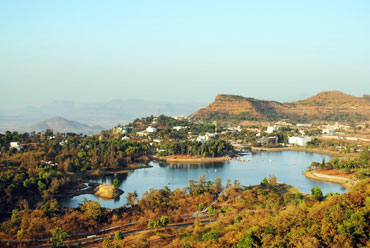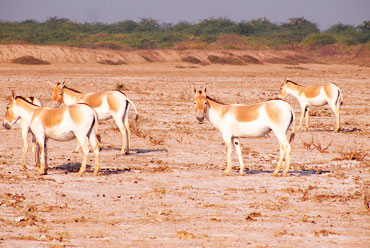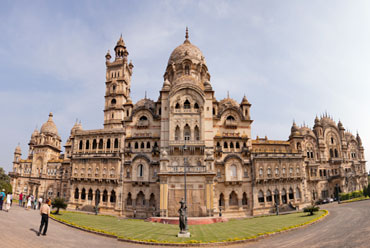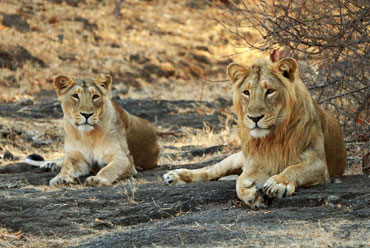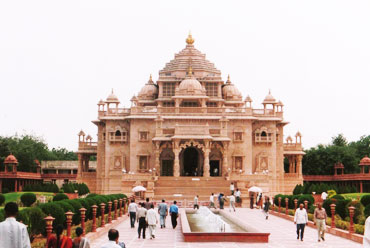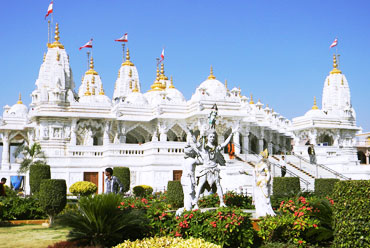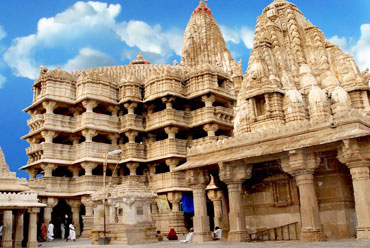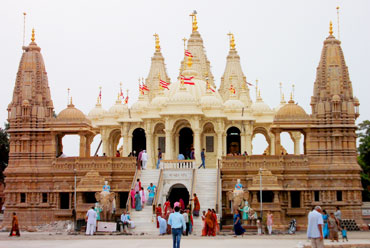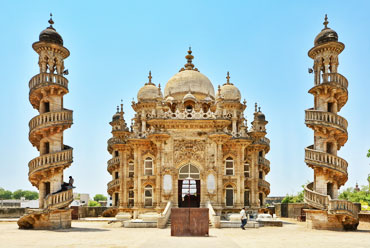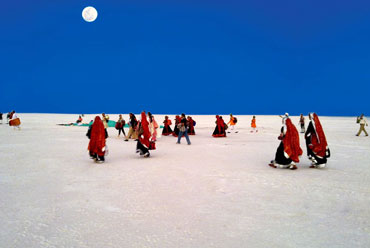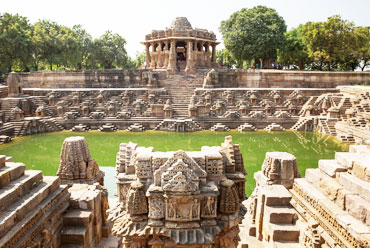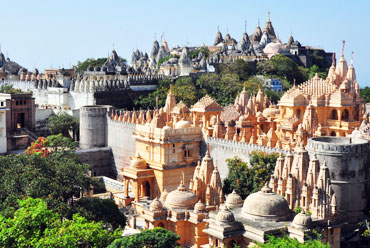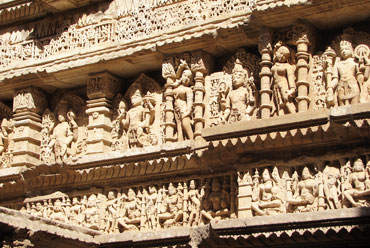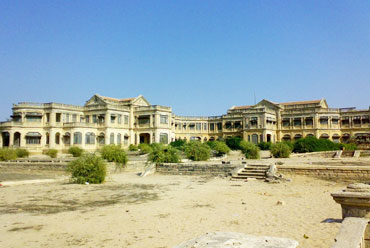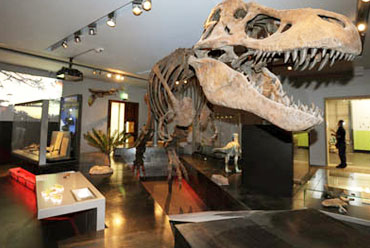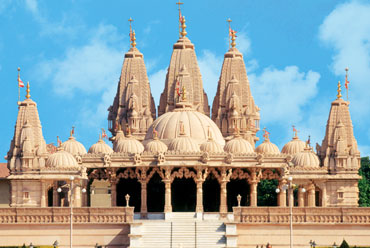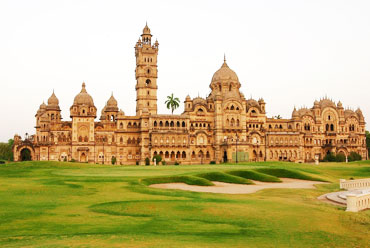Over the ages, Gujarat has seen a succession of races-settlers as well as conquerors-and amalgamated their cultures into its own. The result has been a wonderful fusion of new ideas and old world traditions. Rich in crafts, history and natural beauty, this home state of Mahatma Gandhi continues to attract artists, scholars, intellectuals and businessmen from the world over.
Location
Situated on the western coast of the Indian Peninsula, the history of the state goes back to 200 BC. The state is bound by the Arabian Sea on the west, Pakistan and Rajasthan in the north and northeast, Madhya Pradesh in the southeast and Maharashtra in the south.
On the basis of physiology and culture, Gujarat can be divided into several regions like Kutch, Saurashtra, Kathiawad, and Northeast Gujarat.
Kutch is situated on the northwestern border of the state bordering Pakistan with a maximum altitude of 300 meters and almost desert-like topography. The ridge of Jurassic sandstone in the central part of the region breaks into the landscape at several places. In the north is Rann of Kutch, a salt marsh and in the south is Little Rann of Kutch.
Between Saurashtra and Khambhat is Kathiawad with a maximum altitude of 180 meters and if is flanked by sandstones in the north. It is a region made up of Deccan lavas and cut across by the lava dykes.
The Central Kutch region extends to Northeast Gujarat and the region has low hills and small plains. Southeast Gujarat is an extension of the Western Ghats and receives the highest rain in the state.
History
Situated on the western coast of India, the name of the state is derived from Gujjaratta, which means the land of the Gujjars. It is believed that a tribe of Gujjars migrated to India around the 5th century AD. The real cultural history of these people, however, is believed to have begun much earlier. Many Indus Valley and Harappan centers have been discovered in the state like Lothal, Dholavira, Rangpur, Lakhabaval, Amri, and Rozdi and established the earliest known history of Gujarat to around 3000 BC to 2200 BC. At that point of time, Lothal was the main port of this civilization. With the advent of the Yadava tribe led by Lord Krishna, some 3,500 years ago, came the glorious days for Gujarat. It was followed by 100 years of Lord Krishna's rule.
It is believed that Ashoka, the Mauryan king extended his kingdom to Gujarat. The fall of the Maurya Empire led the small kingdoms to establish their power in this state from time to time. The state achieved a high level of prosperity during the time of Solankis from the 9th century. In the 12th century AD, Allauddin Khilji, the Sultan of Delhi defeated the Waghela king of Gujarat and a long era of Muslim rule over Gujarat started. The Marathas ended the Muslim rule in the 18th century only to be handed over to the British in the early 19th century. Surat was the center of the first factory of the East India Company in India and after the First War of Independence in 1857, the region came under the British monarchy along with the rest of the country.
Gujarat was a part of the erstwhile Mumbai state till 1960, when the people of Gujarat decided to have their own state on the basis of their distinct language and culture. This led to formation of the two new states of Gujarat and Maharashtra.

